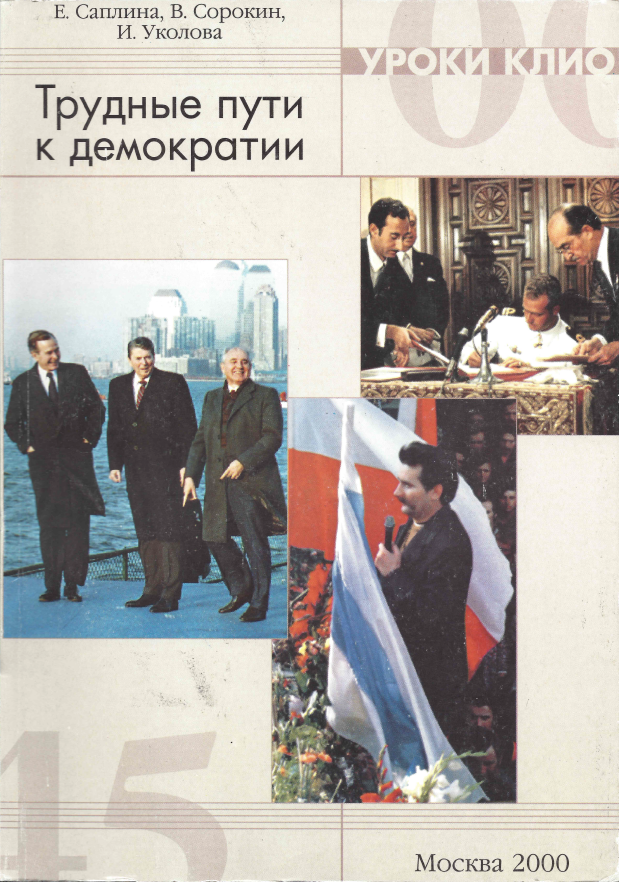In 2019, Singapore commemorated its bicentennial and the 200th anniversary of the arrival of Sir Stamford Raffles to its shores. The innovative approach to addressing the statue of Raffles and the state's narrative regarding his legacy sets this case apart from other colonial-era figures around the globe. Singapore's historical narrative on Raffles reflects the state's role in crafting a coherent, resilient, and adaptable narrative that suits its nation-building agenda. This paper traces the evolution of this narrative, from the state's choice of Raffles and 1819 as the starting point of modern Singapore, to its recent shift towards recognising the island's pre-1819 history as well without overtly contradicting its previous position regarding the role of Raffles. This case study is useful for understanding the role of the state in determining national discourse on colonial histories, and unearthing how investigating silences can be as enriching as tracing visible contestations.
To see the full case study click here.

History is not only the past, the past is not yet history
This publication is a result of the project “Integration of [...]

Fair and Balanced History
44 Innovative Lesson Plans for Bulgarian History Education The EuroClio [...]

Difficult Path to Democracy, 1945-2000
In the context of the “Uroki Klio” project, three textbooks [...]

Crossroads of Cultures
This publication is made collaboratively by educators from Armenia, Azerbaijan, [...]

Connecting Europe through History: Experiences and Perceptions of Migration in Europe





